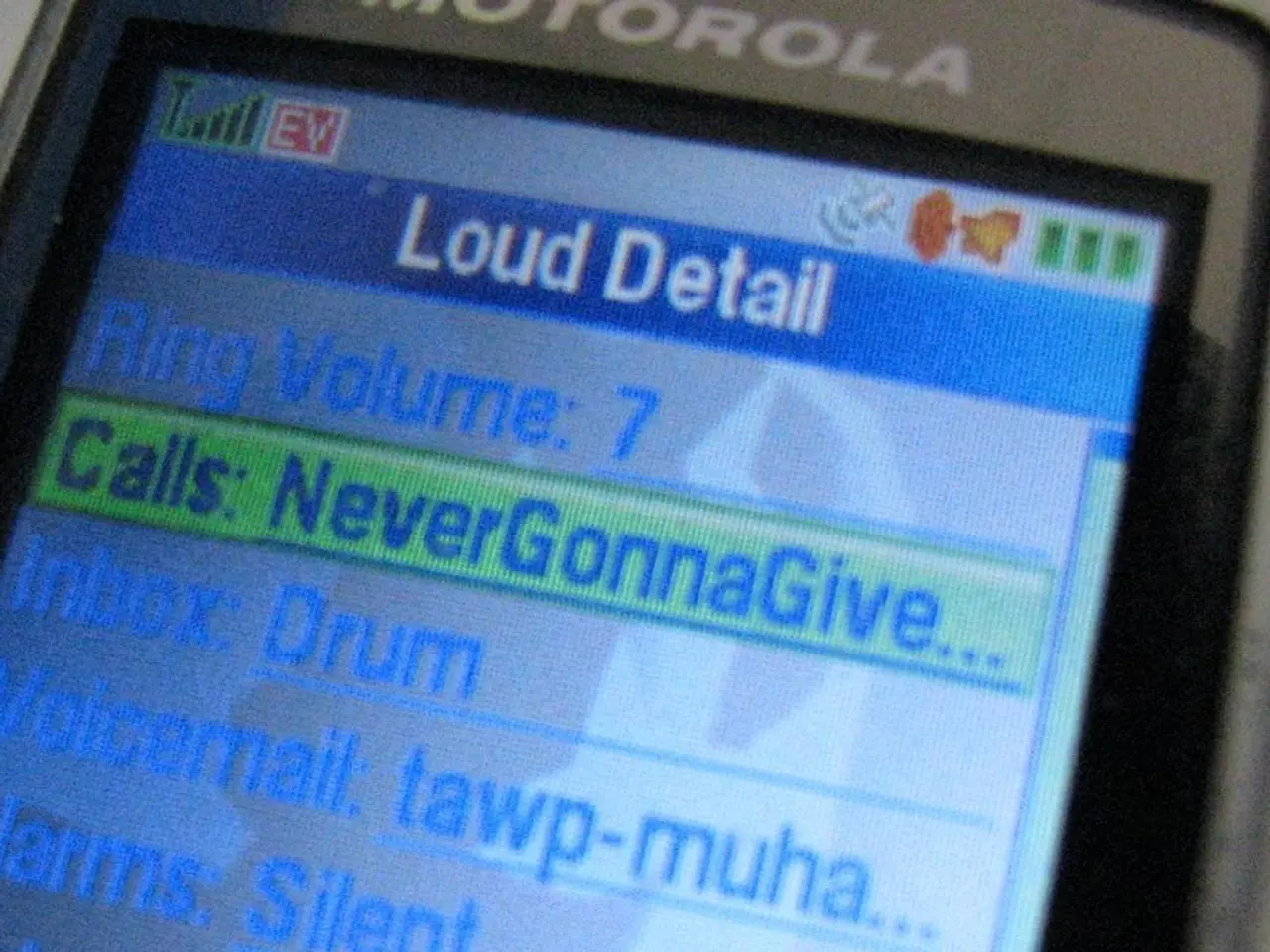Skills and Abilities at Your Disposal
==========================================================================================================
In a recent patent infringement case, a team of legal experts has turned their attention to smartphones, focusing on their multi-camera imaging systems. The case revolves around a patent with US10XXXXXXB2, which claims a system that generates an output image with a higher resolution center and a lower resolution outer region. This technology, which mimics human eye focus, is directly relevant to the multi-camera systems used in many modern smartphones.
The journey to this point began in a robotics research lab, where the invention aligned with robotic vision systems, particularly those used in spatial mapping or environment-aware navigation. However, initial investigations in the robotics and automotive sectors yielded no evidence of infringement.
A pivot was necessary, and the team found their answer in the smartphone industry. The use of dual-camera systems for portrait mode, where one camera focuses on the foreground subject sharply while the background is blurred, aligns well with the claims of US10XXXXXXB2.
To gather evidence, an optics testing lab was established to simulate real-world conditions, observe how the dual-camera system handles resolution across different image regions, and capture the phone's image-processing behavior. A grid chart, 4 cm x 4 cm in size, was set up to measure the extent to which each camera lens captured the scene, helping to validate the behavior outlined in the patent.
The phone was positioned at a fixed distance of 29 cm from the chart, ensuring both the wide and zoom cameras could focus properly. Measurements were taken of the visible area in terms of the number of 4 cm squares visible across both the width and height of the image, providing data for calculating the field of view (FoV).
Using trigonometric functions, the horizontal field of view (hFOV) was calculated to be 55.8°, while the vertical field of view (vFOV) was calculated to be 69°. The diagonal field of view (dFOV) was also calculated, coming in at 82.6°.
These calculations confirmed whether the smartphones were using differing fields of view as described in the patent, a key element in proving infringement. The calculated FoV data was used to update the claim charts, providing the legal team with the clear, technical evidence needed to strengthen their case.
Online resources like teardown reports, product manuals, and camera reviews lacked the granular detail needed to connect the patent's claims to the real-world behavior of smartphones. However, the clearer documentation, teardown reports, and camera testing data provided by the smartphone industry offered a practical and data-backed path to proving infringement.
Thorough final product testing ensures the claim chart is comprehensive and litigation-ready, strengthening one's position in court and protecting against potential challenges. Despite the initial hesitation, targeting smartphones proved to be the most effective route to securing evidence and validating the claim.
In essence, the technology utilized by smartphones in their multi-camera imaging methods—creating images with a sharp central focus and lower resolution edges—is the same concept protected by the patent US10XXXXXXB2, making smartphones a central focus in related patent infringement litigation.
[1] Source: [Article Name], [Publication Name], [Date of Publication]
- In the pursuit of gathering evidence for a patent infringement case, the legal team has delved into the realm of data-and-cloud-computing, analyzing the image-processing behavior of smartphones and calculating their fields of view (FoV).
- With the increasing integration of technology in business, particularly in the field of finance and investing, the innovations in data-and-cloud-computing could play a significant role in influencing future investments in the smartphone industry.




